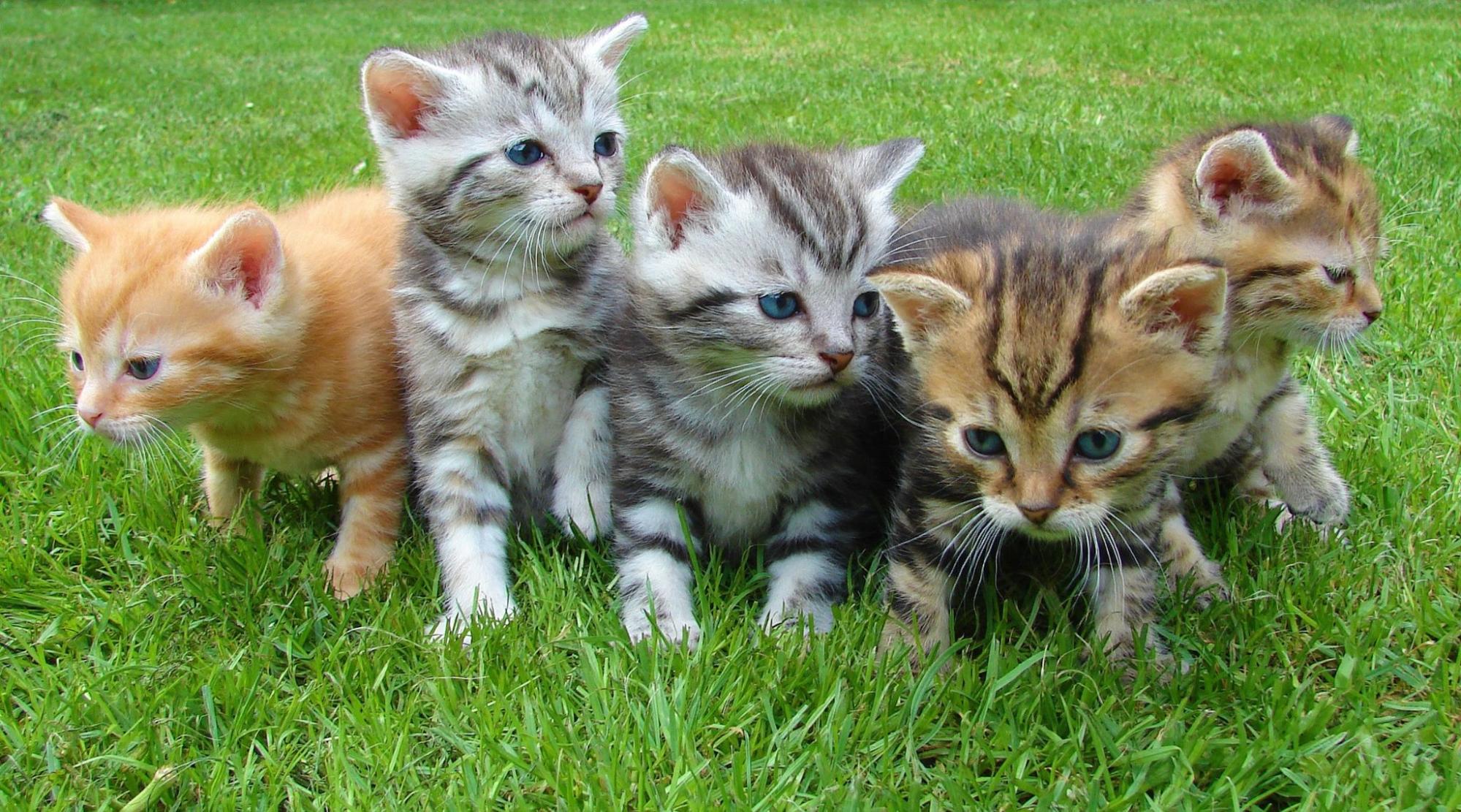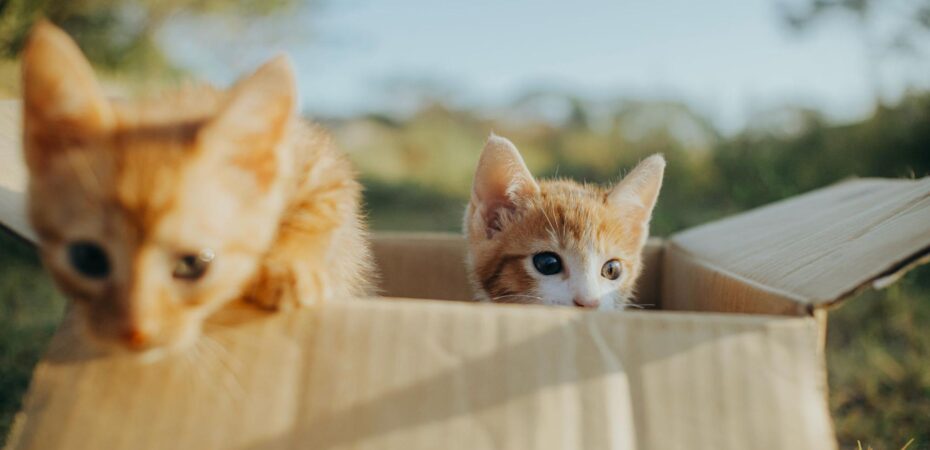Why Do Cats Get Paralyzed When You Grab Their Neck
Have you ever noticed that when you pick up a cat by the scruff of its neck, it seems to go completely still? It’s an intriguing phenomenon that’s caught the attention of many cat owners and animal lovers alike. You might be wondering, what’s going on here? Why do cats get paralyzed when you grab their neck? Well, there’s actually a fascinating scientific explanation behind this behavior.
This reaction in felines is not unlike certain responses seen in other animals – it all boils down to instinct and survival. The ‘scruff’ of a cat is more than just a handful of fur. It serves as a unique trigger point that taps into some deeply ingrained behaviors.
In essence, when you lift a kitten or adult cat by the scruff, you’re activating what’s known as the tonic immobility reflex – also called ‘clipnosis’. This instinctive response takes hold instantly causing them to become temporarily immobilized. But don’t worry! It’s not harmful or painful for our furry friends if done correctly and gently – it’s simply part of their natural biology.
Understanding Cat Anatomy
Delving into the science behind why cats get paralyzed when you grab their neck requires a good grasp of feline anatomy. First and foremost, it’s crucial to mention that this area on a cat’s body is commonly referred to as the ‘scruff’. When I say ‘scruff’, I’m talking about the loose skin around the back of a cat’s neck.
Cats have evolved over thousands of years and their bodies are marvels of survival efficiency. One feature specifically designed for survival is this loose skin at the back of their necks. Why do they have it? Well, it all begins when they’re kittens.
Mother cats carry their young by gripping this loose skin in their mouths. It’s nature’s built-in handle! This action triggers an instinctive reaction in kittens – they become passive and pliant. In effect, they’re ‘paralyzed’. This response helps keep them safe during transportation.
However, adult cats also exhibit this behavior – though not universally or to the same extent as kittens – which poses interesting questions from an anatomical perspective. For example, why would an adult cat need to retain this instinctive response?
Researchers suggest that scruffing can play a role even in adult feline behaviors such as mating rituals or establishing dominance hierarchies within colonies. Males often grip females by the scruff during mating while dominant cats may scruff subordinate ones to assert control.
In essence, what we see as ‘paralysis’ when grabbing a cat’s neck is actually an ingrained biological response stemming from kittenhood with potential uses stretching into adulthood. However, it’s worth noting that while scruffing might be natural in some contexts, handling your pet cat this way should be done sparingly and gently – always with utmost respect for our furry friends’ comfort and dignity.
The Role of the Scruff in a Cat’s Life
Let’s delve into the fascinating world of feline behavior. Ever wonder why cats seem to freeze when their scruff is grabbed? There’s actually some science behind it. It all starts from their earliest days as kittens.
Mother cats, or queens as they’re often called, carry their kittens by the scruff. This triggers what’s known as the “scruff reflex.” The kitten instinctively relaxes and becomes immobilized, making transportation easier for mom. Now you may be thinking, that’s fine for kittens but what about adult cats?
Adult cats also exhibit this response when their scruff is gripped, albeit less frequently and not always as intensely. Why? Because it harkens back to those kittenhood instincts; although now it’s less about being carried by mom and more about submission in face of a perceived threat or dominance.
However, while grabbing a cat’s scruff can make them go limp momentarily due to these ingrained reactions, there are caveats:
- It doesn’t work on all cats: Some felines might not have this reaction at all.
- It should be done gently: Scruffing should never cause pain or distress.
- It isn’t a long-term solution for behavioral issues: While temporary paralysis might help during grooming or vet visits, it won’t solve underlying problems like aggression.
So yes! That’s how our furry friends’ peculiar neck-grabbing response ties into their lives. Remember though – respect your pet’s comfort and boundaries while handling them!

Why Grabbing a Cat’s Neck Causes Paralysis
Ever wondered what’s behind the peculiar reaction cats have when you grab their neck? It’s actually all rooted in biology and instinct. This phenomenon, commonly known as ‘clipnosis’, is a defensive mechanism innate to our feline friends. But let’s delve deeper into this intriguing science.
Clipnosis or scruffing involves gently pinching or gripping the loose skin at the back of a cat’s neck, also known as the scruff. Mother cats often carry their kittens by the scruff; it’s an instinctual response for young kittens to go limp when lifted this way. They become immobile, not paralyzed – an important distinction.


 By
By 



